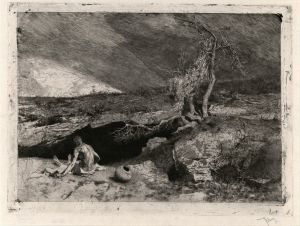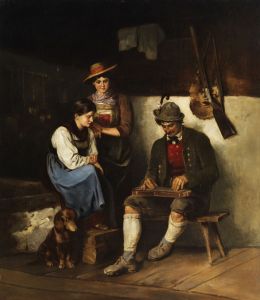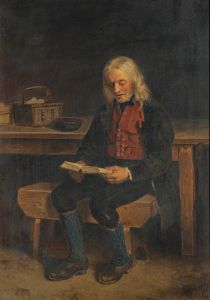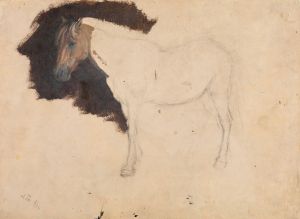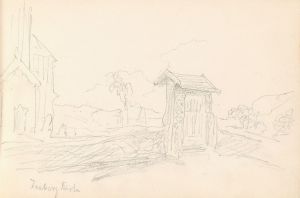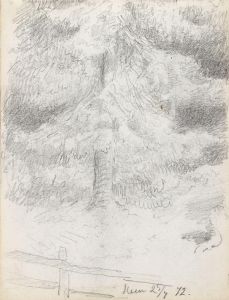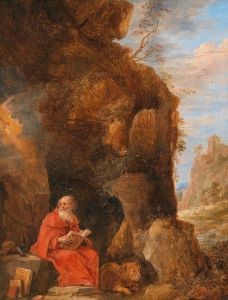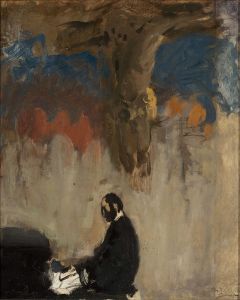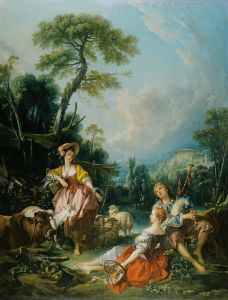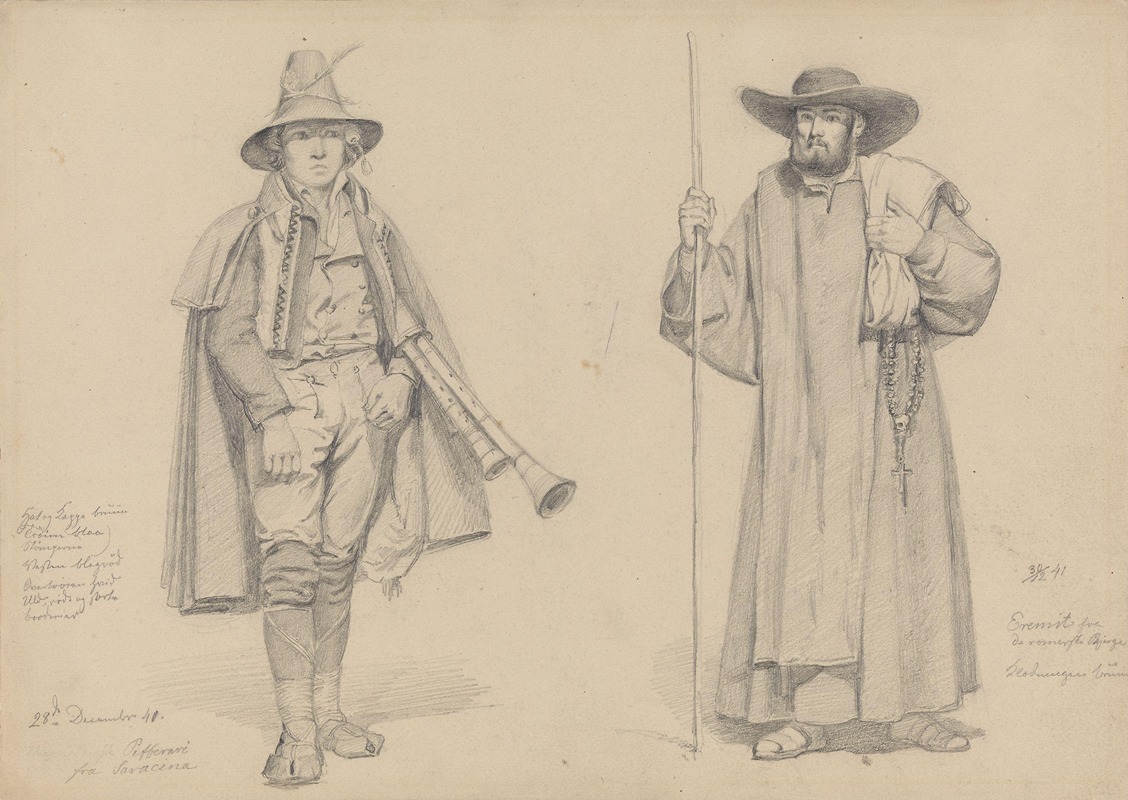
Zampogna-spiller og eremitt
A hand-painted replica of Adolph Tidemand’s masterpiece Zampogna-spiller og eremitt, meticulously crafted by professional artists to capture the true essence of the original. Each piece is created with museum-quality canvas and rare mineral pigments, carefully painted by experienced artists with delicate brushstrokes and rich, layered colors to perfectly recreate the texture of the original artwork. Unlike machine-printed reproductions, this hand-painted version brings the painting to life, infused with the artist’s emotions and skill in every stroke. Whether for personal collection or home decoration, it instantly elevates the artistic atmosphere of any space.
Adolph Tidemand's painting Zampogna-spiller og eremitt (translated as The Zampogna Player and the Hermit) is a work by the renowned Norwegian artist Adolph Tidemand (1814–1876). Tidemand is best known for his contributions to Norwegian Romanticism and his depictions of rural life, folklore, and national identity during the 19th century. His works often reflect a deep interest in cultural traditions and the everyday lives of people, making him one of Norway's most celebrated painters of his time.
The painting portrays two figures: a zampogna player and a hermit. The zampogna is a traditional Italian bagpipe, commonly associated with pastoral and folk music in southern Italy. The inclusion of this instrument suggests a connection to Italian culture, which Tidemand likely encountered during his travels in Europe. The hermit, on the other hand, represents a figure of solitude and religious devotion, often associated with asceticism and withdrawal from society. The juxtaposition of these two characters creates a narrative tension, possibly exploring themes of music, spirituality, and human connection.
Tidemand studied at the Academy of Fine Arts in Copenhagen and later in Düsseldorf, where he became part of the Düsseldorf School of painting. This artistic movement emphasized detailed, realistic depictions of subjects and often focused on historical or folkloric themes. Tidemand traveled extensively throughout Europe, including Italy, where he was inspired by the landscapes, people, and cultural traditions he encountered. These experiences influenced many of his works, including Zampogna-spiller og eremitt.
The painting reflects Tidemand's characteristic attention to detail and his ability to capture the essence of his subjects. The zampogna player is depicted in traditional attire, playing his instrument, while the hermit appears contemplative, perhaps listening to the music or lost in thought. The setting is likely a rural or mountainous landscape, consistent with Tidemand's interest in natural and rustic environments.
While the exact date of the painting's creation is not widely documented, it is consistent with Tidemand's broader body of work, which often focused on themes of cultural identity and human emotion. The painting is an example of Tidemand's ability to blend realism with a romanticized view of his subjects, creating works that resonate with both historical and emotional depth.
As of now, specific details about the current location or ownership of Zampogna-spiller og eremitt are not readily available in public records. However, many of Tidemand's works are housed in prominent Norwegian institutions, such as the National Museum of Art, Architecture, and Design in Oslo.
This painting is a testament to Tidemand's skill as an artist and his ability to draw inspiration from diverse cultural influences, blending them into his unique artistic vision.





